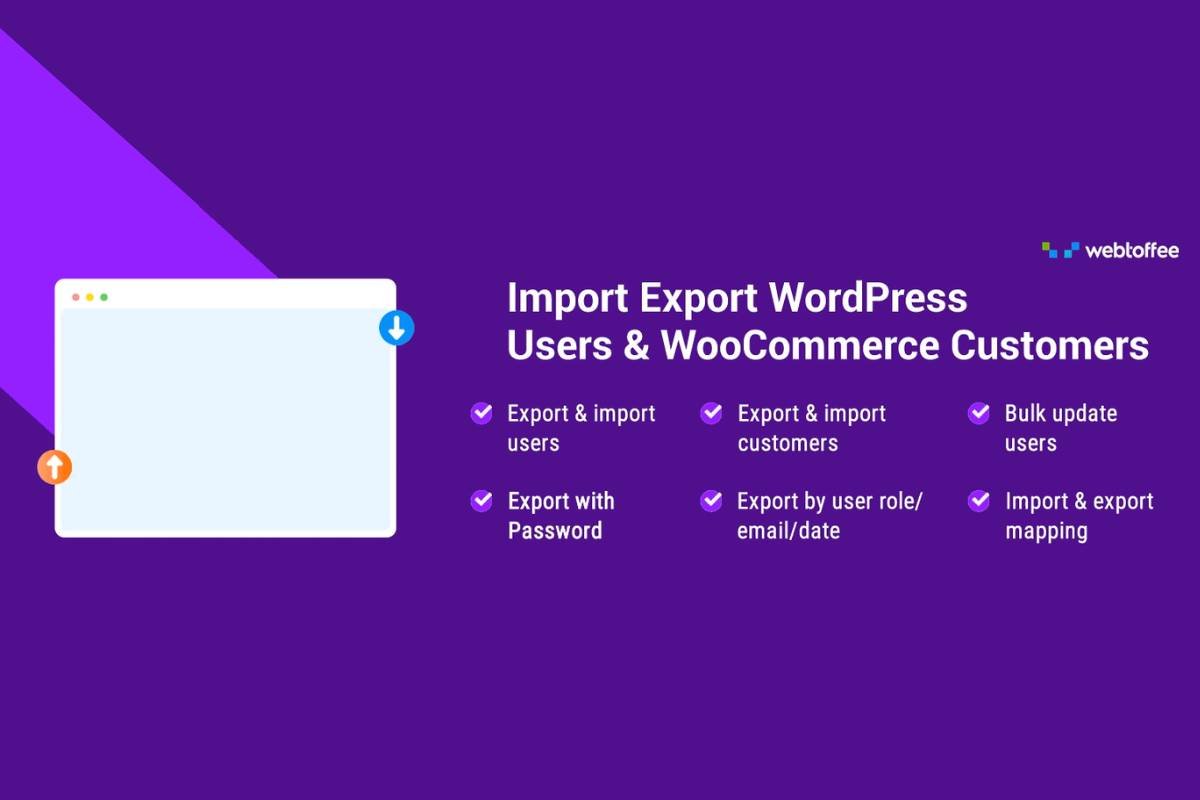You’ve got a brilliant app idea, but where do you start? Launching your app might seem intimidating, but with a clear strategy, it’s within your reach. By following these five essential steps, you’ll be well on your way to turning your concept into a reality and you are able to Launch Your App . From brainstorming and planning to development, design, and optimization of your app listing, each phase plays an important role in your app’s success. So, are you ready to venture on this exciting journey and discover the secrets to launching an app that stands out in today’s competitive market?
5 Steps for Launch your App
1. Brainstorming and Planning: Turning Your Idea into a Reality
Every great app starts with a flash of inspiration—a eureka moment when you realize how your idea can solve a real problem for your target users. To bring that idea to life, you’ll need to engage in thorough brainstorming and planning. Start with idea generation, exploring different angles and potential features. Conduct market research to validate the demand and identify your key competitors. Tt is a first step to Launch Your App
Next, develop a prototype to test your core functionality. Get it into the hands of potential users for invaluable feedback. Prioritize features based on what’s essential and trim anything extraneous. Your goal is a minimum viable product.
Throughout the process, solicit candid user feedback. What do they love? What’s confusing? What’s missing? Refine accordingly. Remember, you’re not building this for yourself, but for your target audience.
2. Development: Building Your App

With your app idea fleshed out, it’s time to bring it to life through development. You have a few options: coding it yourself, outsourcing to a developer, or using a no-code platform. If you have the tech skills required, DIY development can be rewarding and cost-effective. However, coding an app from scratch is time-consuming and requires significant programming knowledge. is a Second step to Launch Your App
Outsourcing to a professional developer is another route, but it comes with higher costs. Developer fees can vary widely based on the app’s complexity and the developer’s experience. Expect to pay several thousand dollars at a minimum.
For those without coding expertise, no-code platforms offer a compelling alternative. These tools allow you to build an app using visual interfaces and pre-built components, reducing the technical barriers to entry. While somewhat limited in customization compared to coding from scratch, no-code platforms are increasingly robust and can handle many app requirements.
Ultimately, the best development approach depends on your budget, timeline, and technical abilities. Carefully weigh the tradeoffs of each option to determine the most suitable path for bringing your app vision to life.
3. Design and User Experience: Making Your App Shine

A sleek, intuitive design and seamless user experience can make or break your app’s success, regardless of how brilliant its underlying concept may be. Focus on creating a visually appealing interface that draws users in and keeps them engaged. Incorporate interactive features that enhance the app’s functionality and make it fun to use. It is a third step to Launch Your App
Simplicity is essential when it comes to navigation. Users should be able to intuitively find their way around your app without any confusion. Make sure that your app adheres to accessibility standards, making it usable for people with disabilities.
Don’t forget to gather user feedback during the design process. Conduct usability tests and surveys to gauge how well your app resonates with your target audience. Iterate on the design based on their input to create an app that truly shines.
4. App Store Optimization and Launch: Getting Discovered
Launching your app is just the beginning; you’ll need to optimize its app store listing and generate pre-launch buzz to get discovered by potential users. Start by conducting thorough keyword research to identify the most relevant and high-traffic terms for the app, using proven app store tips to enhance your visibility. Incorporate these keywords strategically into your app’s title, description, and metadata to improve its visibility in app store search results and rankings. It is a Fourth step to Launch Your App
Craft a compelling app description that reflects its unique features and benefits, using persuasive language to encourage downloads and boost conversion rates. Invest time in designing eye-catching app screenshots and previews that showcase its best aspects.
To generate pre-launch excitement, reach out to tech bloggers, influencers, and press outlets to secure coverage and reviews. Leverage social media platforms to engage with potential users, build a community, and drive user acquisition. Create a landing page for your app to capture email addresses for launch notifications.
As you prepare for launch, focus on optimizing every element of your app store listing to maximize visibility, appeal, and conversion rates. With the right digital distribution platform optimization and launch strategy, you’ll set your app up for success from day one.
5. Post-Launch: Keeping Your App Thriving

After your app launches, the real work starts. To keep it successful, maintain high user engagement. Encourage feedback via in-app prompts or surveys and monitor app store reviews closely. Quickly fix any reported bugs to ensure a smooth user experience. is a Fifth and last step to Launch Your App
Stay ahead of the curve by regularly releasing feature updates that align with user feedback and market trends. By continuously iterating and improving your app based on user input and industry developments, you’ll keep your app relevant and competitive.


















